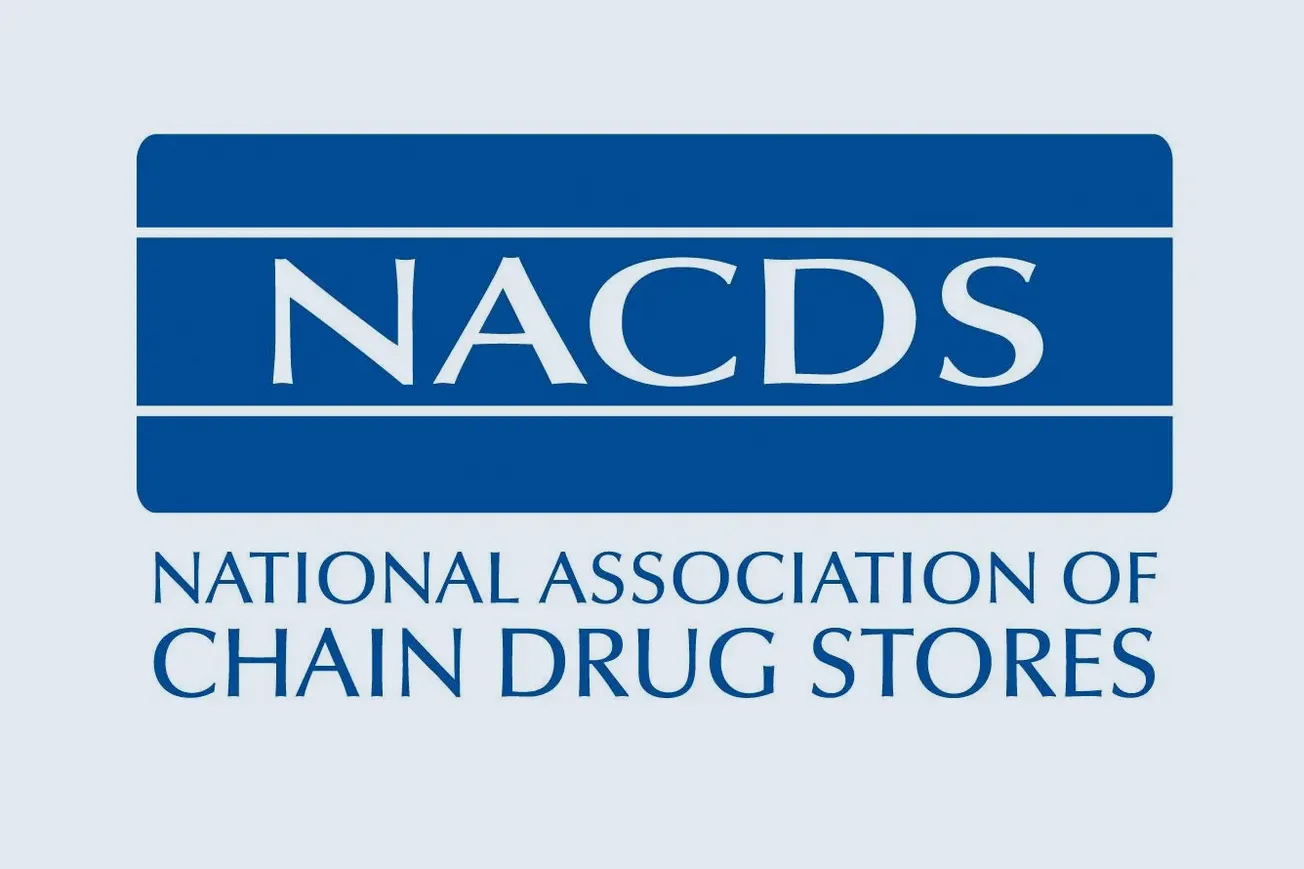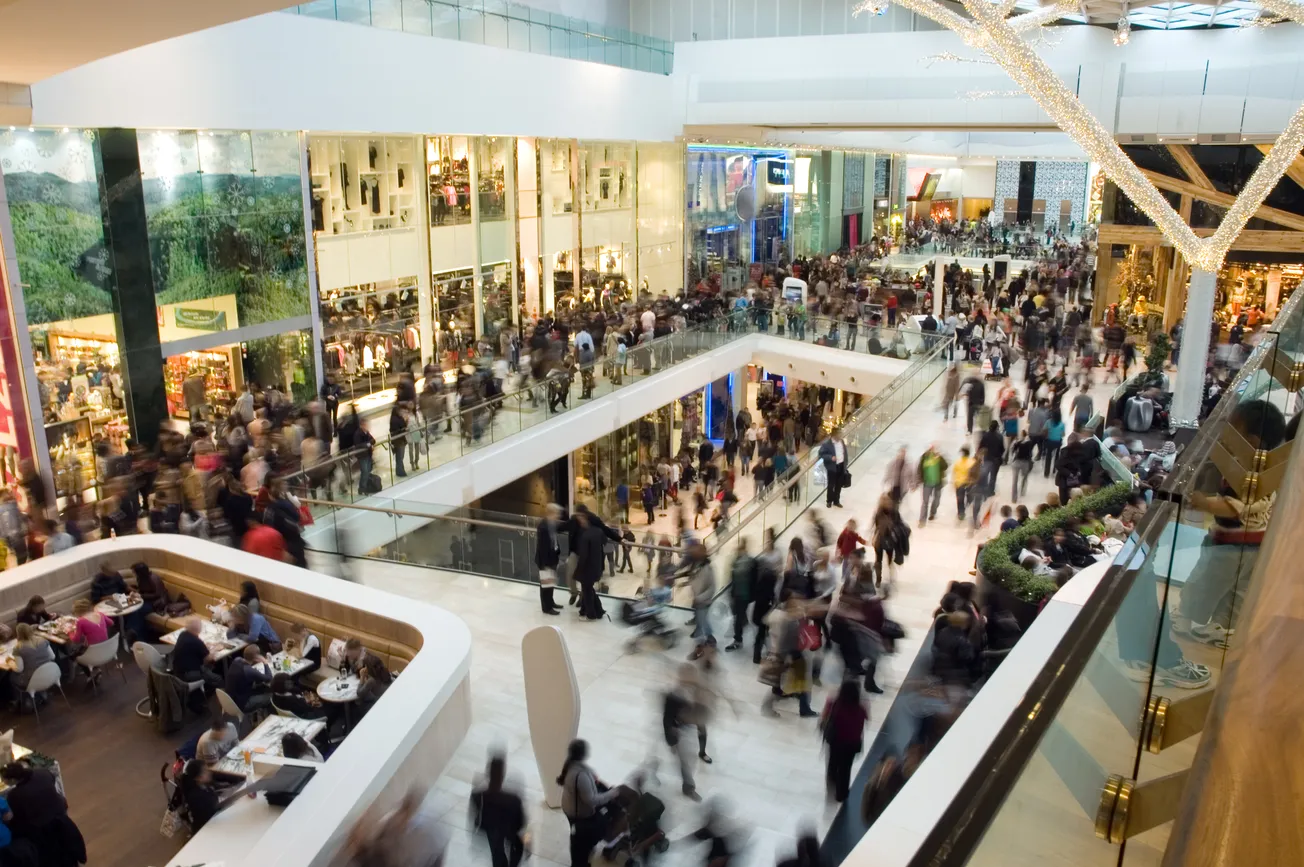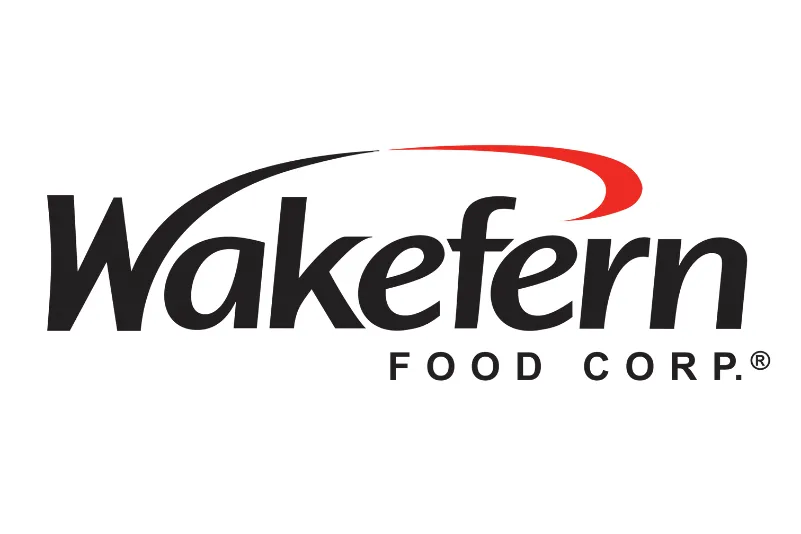MINNEAPOLIS — Target Corp. announced it will rebrand its CityTarget and TargetExpress stores, dropping the "city" and "express" parts of the names in an effort to reduce confusion among shoppers.
Target Corp. announced it will rebrand its CityTarget and TargetExpress stores, dropping the "city" and "express" parts of the names in an effort to reduce confusion among shoppers.
The change, to begin taking place in October, will coincide with the opening of additional smaller-format Target stores that are slimmed down to fit into urban locations and feature assortments tailored to the neighborhood.
Target earlier announced that of the 15 new stores opening in 2015, six would be the big-box outlets in suburban locales that have defined the retailer since the first Target store opened outside of St. Paul in 1962, and nine would be smaller-format stores geared to more urban consumers.
Existing smaller stores have higher average sales per store and higher gross margins than a traditional Target store, company officials remarked. Of 1,790 Target stores nationwide, just 14 are smaller-format outlets.
The company operates nine CityTarget stores, including one that opened this summer near Fenway Park in Boston. Since 2012, the company has opened three CityTargets in Los Angeles, two in San Francisco, and one each in Chicago, Seattle and Portland, Ore. Another is planned for next year in Brooklyn, N.Y. The midsize CityTarget format features stores ranging in size from 80,000 square feet to 160,000 square feet, and selling an assortment of the retailer’s general merchandise selected for urban shoppers.
The first store to operate under the TargetExpress banner was a 20,000-square-foot outlet opened last year near the University of Minnesota campus in Minneapolis. The company is adding similar stores this year in St. Paul, San Francisco, San Diego, Chicago and Washington, D.C. Each is about one-sixth the size of Target’s general merchandise stores, and each is unique in its layout and merchandising mix.
"But big or small, our stores have one thing in common: They’re all Target," the company commented on its corporate website early this month. "Guests can walk into a Target store of any shape or size and find great merchandise; helpful team members; clean, bright aisles; and incredible value."
Target executives have indicated that they see smaller-format stores located in urban areas as a key driver of growth and a strategy that’s in tune with changing demographic and retail trends.





